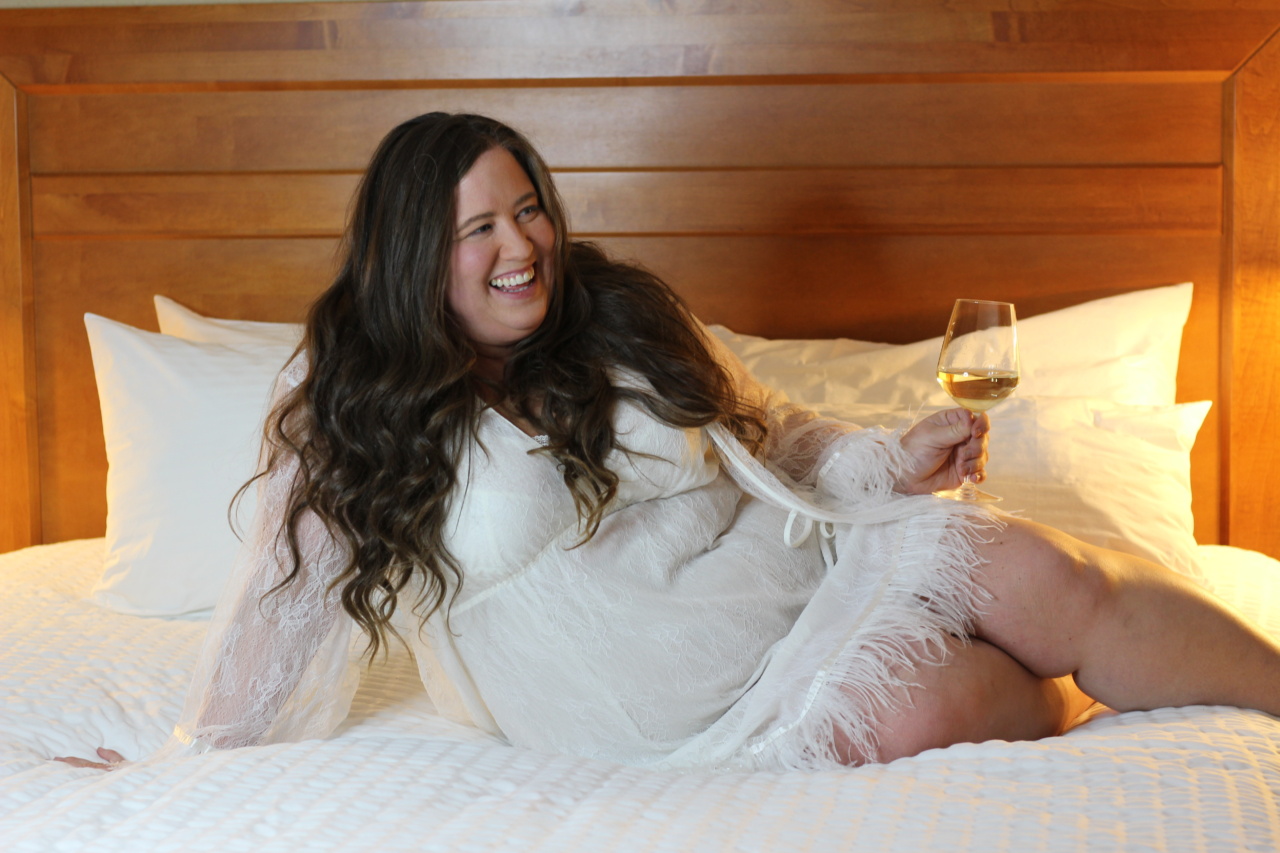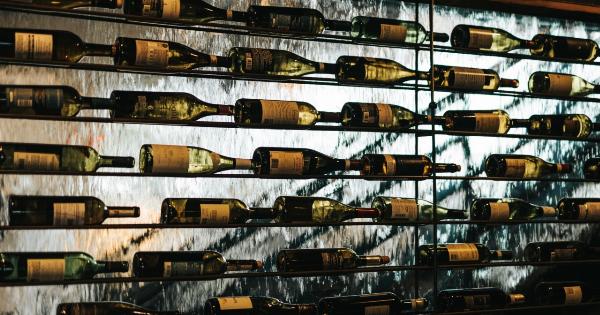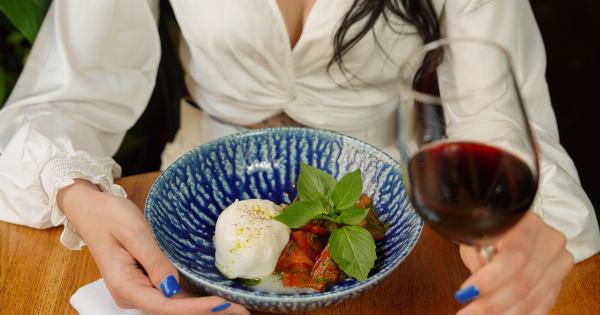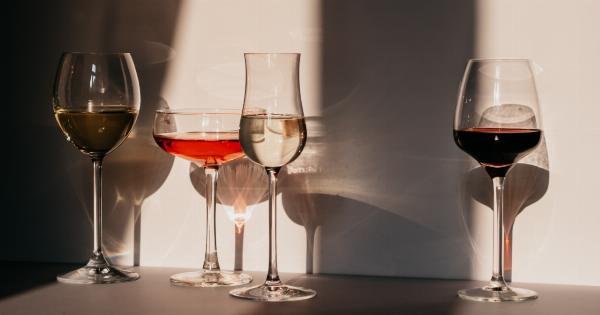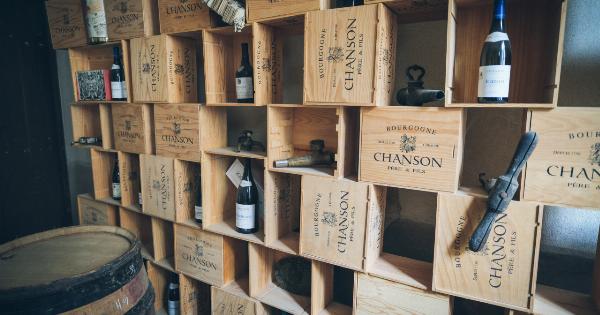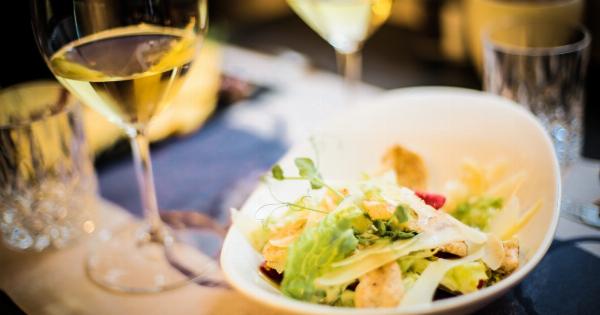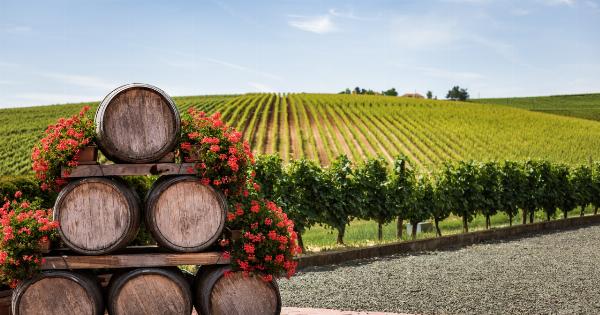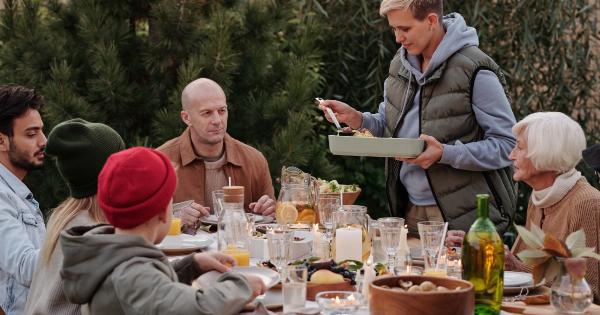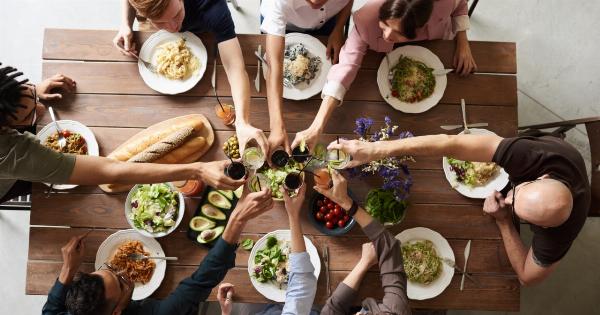Welcome to Wine 101, a beginner’s guide to the wonderful world of wines.
Whether you’re new to this age-old beverage or looking to expand your knowledge, this guide will provide you with all the essential information you need to become a wine connoisseur. From understanding different wine varieties to learning how to properly taste and pair wines, we’ve got you covered. So let’s dive in and discover the fascinating world of wine together.
1. The Basics of Wine
Before we delve into the intricacies of wine tasting, it’s important to understand the basics. Wine is an alcoholic beverage made from fermented grapes or other fruits.
The process begins with harvesting the grapes, followed by crushing, fermenting, and aging. The taste, aroma, and quality of wine can vary depending on factors such as grape variety, region, climate, and winemaking techniques.
2. Wine Varieties
Now let’s explore the different wine varieties you’re likely to come across:.
Red Wines: Red wines are made from black grapes or a blend of black and white grape varieties. They range from light-bodied to full-bodied and can have flavors ranging from red fruits to robust spices.
White Wines: White wines are typically made from white or green grapes. They can be crisp and refreshing or rich and creamy, with flavors ranging from citrus fruits to tropical notes.
Rosé Wines: Rosé wines are produced by allowing the grape skins to come into contact with the juice for a short period, giving them their characteristic pink color.
They can range from dry to sweet and offer a wide array of fruity flavors.
Sparkling Wines: Sparkling wines are known for their effervescence and bubbles. Champagne, Prosecco, and Cava are some popular examples. They can be enjoyed on their own or used to create delightful cocktails.
Dessert Wines: Dessert wines are sweet and often served with desserts. They are typically made from late-harvested grapes or grapes affected by noble rot, which concentrates their sugar content.
3. Wine Tasting
One of the most enjoyable aspects of wine appreciation is tasting. Here are the key steps to a proper wine tasting:.
Step 1: Look: Observe the wine’s color and clarity. Tilt the glass against a white background to evaluate its hue and transparency.
Step 2: Smell: Gently swirl the wine in your glass to release its aromas. Take short sniffs to identify the different scents. Common aromas include fruits, flowers, spices, and oak.
Step 3: Taste: Take a small sip and let it coat your entire palate. Pay attention to the wine’s sweetness, acidity, tannins (for red wines), and overall balance. Note the flavors and how they evolve as you savor the wine.
Step 4: Finish: Observe the wine’s finish, the impression it leaves in your mouth after swallowing. A long and pleasant aftertaste is often an indication of a high-quality wine.
4. Wine and Food Pairing
Pairing the right wine with your meal can enhance the flavors and create a truly memorable dining experience. Here are a few key tips:.
Match Intensity: Light-bodied wines go well with delicate dishes, while full-bodied wines pair well with richer, more flavorful foods.
Consider Acidity: Pair acidic wines with acidic foods to balance flavors, or choose a wine with lower acidity for fatty or creamy dishes.
Complement Flavors: Look for wines that complement the flavors in your food. For example, a fruity wine can enhance the sweetness of a dessert.
Experiment: Don’t be afraid to try new combinations! Wine and food pairing is subjective, so feel free to explore and find what works best for your palate.
5. Storing and Serving Wine
Proper storage and serving temperatures play a crucial role in enjoying wine to its fullest. Here are some essential guidelines:.
Temperature: Serve white wines chilled between 45-55°F (7-12°C), rosé wines between 50-60°F (10-15°C), and red wines between 60-68°F (15-20°C). Sparkling wines are best served chilled around 40-50°F (5-10°C).
Storage: Store wine in a cool, dark place with a consistent temperature, ideally between 50-59°F (10-15°C). Avoid storing wine in areas with vibrations or extreme temperature fluctuations.
Decanting: Certain wines, especially older red wines or those with sediment, benefit from decanting. This process involves pouring the wine into a decanter to separate it from any sediments and allowing it to breathe.
6. Wine Regions and Terroir
Wine production is strongly influenced by the concept of terroir, which encompasses the environmental factors that impact a wine’s characteristics. Here are some renowned wine regions:.
Bordeaux, France: Known for its prestigious red blends, Bordeaux produces some of the world’s finest wines.
Tuscany, Italy: Famous for its Chianti and Brunello wines, Tuscany offers a harmonious blend of tradition and innovation.
Napa Valley, USA: California’s Napa Valley produces excellent Cabernet Sauvignon and Chardonnay, and is a popular destination for wine enthusiasts.
Mendoza, Argentina: Mendoza is renowned for its bold Malbecs and high-altitude vineyards.
Marlborough, New Zealand: Known for its vibrant Sauvignon Blanc, Marlborough showcases New Zealand’s distinctive winemaking style.
7. Wine-Related Terminology
Understanding wine terminology can enhance your appreciation of the beverage. Here are a few common wine-related terms:.
Tannins: Natural compounds found in grape skins and seeds that impart texture and bitterness to red wines.
Acidity: A crucial component of wine that adds brightness and crispness. Balanced acidity is essential for a well-rounded wine.
Body: Refers to the weight and viscosity of a wine. It can be light, medium, or full-bodied.
Terroir: The combination of soil, climate, and environmental factors that influence a wine’s unique characteristics.
Finish: The taste, texture, and lingering impression of a wine after swallowing.
8. Wines for Every Occasion
From casual gatherings to formal celebrations, there’s a wine for every occasion. Here are some popular choices:.
Sparkling Wines: Perfect for toasting, celebrations, or as an aperitif to kick off a meal.
Rosé Wines: Refreshing and versatile, rosé wines are great for picnics, outdoor parties, or enjoying a relaxed afternoon.
Red Wines: Well-suited for cozy dinners, social gatherings, or paired with hearty dishes.
White Wines: Pair white wines with seafood, poultry, salads, or enjoy them on their own.
9. Wine Etiquette
Lastly, let’s explore some wine etiquette tips to ensure you make the most of your wine experiences:.
Serving Order: Serve wines in the correct order, starting with lighter wines before progressing to heavier ones.
Proper Glassware: Use appropriate glassware for each wine type to enhance the aromas and flavors.
Handling the Glass: Hold the wine glass by the stem to prevent warming the wine with your hands.
Respecting Others’ Preferences: Be open-minded and respect others’ preferences, as everyone’s palate is unique.
10. Wine Plus – Your Wine Companion
At Wine Plus, we’re passionate about all things wine. Whether you’re a novice or an experienced enthusiast, we aim to be your trusted companion on your wine journey.
From our curated selection of wines to insightful articles and resources, we’re here to enhance your wine experiences. Cheers to exploring the world of wine together!.
